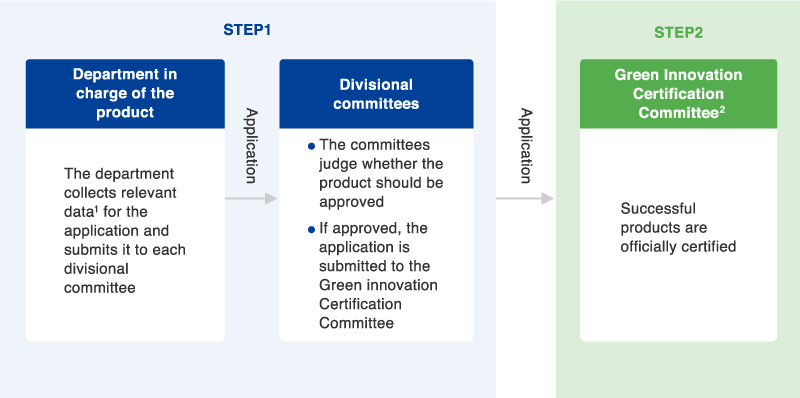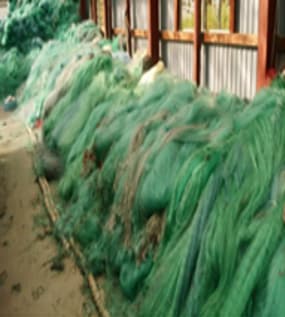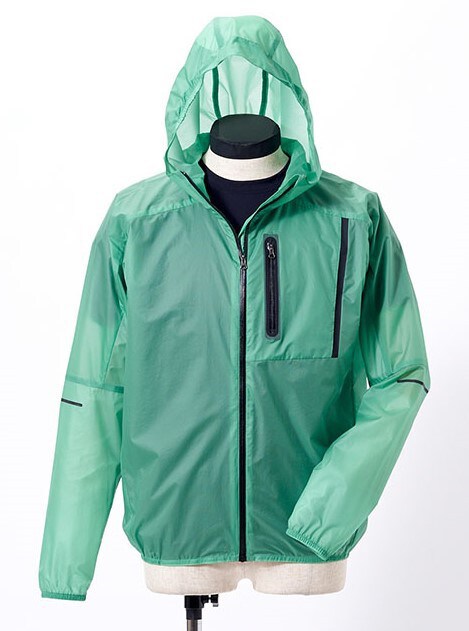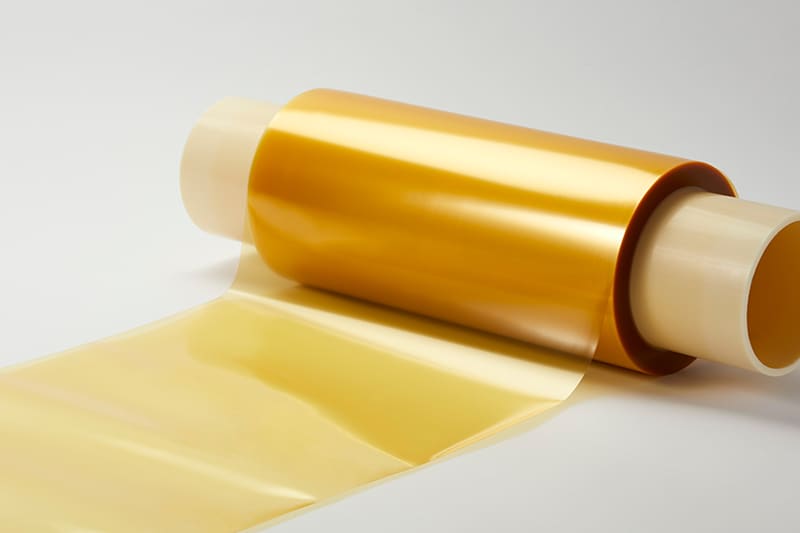Courtesy : www.toray.com
Green innovation products
The following diagram outlines Toray Group’s process and procedures for certifying Green Innovation products. Products are subjected to a two-stage screening process conducted by the divisional committees and by the group-wide Green Innovation Certification Committee. Those able to demonstrate objective evidence of providing an effective solution for global environmental issues are certified as Green Innovation products.

- 1 This includes LCA data, T-E2A data, and estimates of CO2 emissions reduction attributable to the product.
- 2 Comprised of members of Toray Industries’ Global Environment Business Strategic Planning Department, Corporate Marketing Planning Department, and Technology Center Planning Department, as well as experts when necessary.
Green Innovation-Related Products and R&D Announced in Fiscal 2020
Commercialization of Advanced Grade of Torayfan™ Oriented Polypropylene Capacitor Film That Enhances Electric Vehicle Design Flexibility and Fuel Economy
 Advanced Grade of Torayfan™
Advanced Grade of Torayfan™
Toray Industries has developed and begun mass-production of an advanced grade of Torayfan™. This biaxially oriented polypropylene film delivers high thermal and voltage resistance for the capacitors of hybrid, plug-in hybrid, battery, fuel-cell, and other electric vehicles that help reduce the environmental impact of automobiles.
The new material makes it possible to downsize vehicle power control units (PCUs) while enhancing thermal resistance and efficiency. This feature enhances the design freedom and fuel economy of these automobiles.
The new material applies Toray’s proprietary technologies for providing precise control of crystalline and amorphous structures on a nanometer scale. This greatly improves structual stability at high temperatures. The voltage resistance at 125 °C is around 15% greater than that of Toray’s earlier products, and the thermal resistance is at least 5 °C higher. This enhances the thermal and voltage resistance of polypropylene film capacitors. These improvements and the down-gauging contribute greatly to film capacitor downsizing. This in turn makes it possible to downsize PCUs while still enhancing thermal resistance and efficiency, which will contribute to the popularization of electric vehicles and, as a result, help build a low-carbon economy. Going forward, Toray Industries will increase production capacity to meet growing demand for automotive capacitors.
Toray Industries received the 2020 Award of the Society of Polymer Science, Japan for the development and industrialization of biaxially oriented polypropylene film for automotive capacitors.
Launch of Eco-Friendly Ecouse™ PET Films Representing a Step toward a Sustainable Economy
 Eco-Friendly Ecouse™ PET Films
Eco-Friendly Ecouse™ PET Films
Toray Industries has developed Ecouse™ polyethylene terephthalate (PET) films. The Company constructed a recycling system that recovers used films from electronic component applications, and reuses them in eco-friendly films, which helps to build a sustainable economy. The Company aims to launch full-fledged sales of the new product after setting up an annual production capacity of 2,500 metric tons.
Until now, there had been an absence of techniques to remove the diverse coatings, resins, and other materials used in each process in the supply chain. This had hampered reuse for films, so the focus had been on waste disposal and thermal recycling.
Toray Industries therefore set about collaborating with companies across the supply chain to establish a recycling system. It combined recycling process technology, which removes coatings and resins from film surfaces, with foreign matter removal techniques for each manufacturing process to enable reuse of films without impairing mechanical characteristics or reliability. The resulting Ecouse™ series could help lower the consumption of raw materials derived from fossil fuels and waste plastics while lowering carbon dioxide emissions, from used film recovery through film production, by up to 50% compared to those of conventional Toray offerings.
Going forward, the Company will look to expand its recycled films in various applications other than electronic components. It will also expand use beyond PET to other films and film processed products.
Innovation of CO2 Separation Membrane Incorporating Porous Carbon Fiber
 Structure of innovative CO2 separation membrane
Structure of innovative CO2 separation membrane CO2 separation membrane product under development
CO2 separation membrane product under development
Toray Industries has invented a CO2 separation membrane with a dual all-carbon structure. This comprises a hollow fiber porous carbon fiber as a support and a thin carbon membrane separation layer on the surface.
The membrane offers superb CO2 separation performance and high durability. It is more suitable than conventional inorganic separation membranes for making facilities more compact.
To build a carbon-neutral world, it is essential to separate, recover, and utilize CO2 before it is discharged into the atmosphere. CO2 separation and recovery technology based on energy-efficient membrane separation techniques is therefore attracting attention.
Separation layers with pores smaller than one nanometer offer better gas permeability because they are thinner, but the lower pressure resistance necessitates combining with a support layer. Regular inorganic support layers are hard and brittle, and the diameters cannot be reduced, preventing dense module packing and miniaturization.
To tackle this issue, Toray Industries created an innovative new CO2 separation membrane that employs a thin, hollow-fiber porous carbon fiber with a diameter of less than 300 micrometers as a support layer. On the surface is a uniform carbon film separation layer just a few micrometers thick.
This separation membrane delivers excellent CO2 separation and durability, and the membrane is flexible and incredibly thin, enabling continuous production just like with regular fibers. High-density packability enables module miniaturization. CO2 permeability can be five times greater than that of conventional inorganic CO2 separation membrane modules with the same volume.
Toray’s new separation membrane can be used to purify natural gas and biogas by efficiently removing the CO2 they contain as an impurity. It could also serve in hydrogen production and purification, exhaust gas CO2 separation, and other gas separation applications by taking advantage of the selectivity of functional layers according to the gases to be separated.
Toray Industries will step up R&D to deploy this separation membrane in social infrastructure.
Development of an Energy-Saving, Virus-Removing Ultrafiltration Membrane
Water shortages are becoming a serious problem faced by the entire world as a result of an increase in water demand attributable to population growth, as well as the impact of climate change. For over 50 years, Toray Group has been using its membrane separation technology, in desalination and wastewater reuse applications, to provide potable and recycled water.
Toray Industries developed a new polyvinylidene fluoride (PVDF) ultrafiltration (UF) membrane with exceptional virus removal rate and high water permeability for water treatment.
These properties position the membrane to contribute to safe and economical supply of water treated with minimal energy for use in various applications, from food and beverages through wastewater reuse.
Until now, it has been difficult to achieve both high virus removal and high water permeability because reducing pore diameters to filter out viruses increases membrane resistance, resulting in lower water permeability. To overcome this challenge, Toray Industries designed a uniformly dense structure and used innovative hollow fiber membrane process technology. This enabled the Company to create the new UF membrane, a technology that increases virus removal while maintaining sufficient water permeability. With a view to helping pave the path toward a safe and secure recycling-based economy, the Company will scale up the technology, deploy it in social infrastructure, evaluate its long-term performance, and accelerate research into diverse applications.


